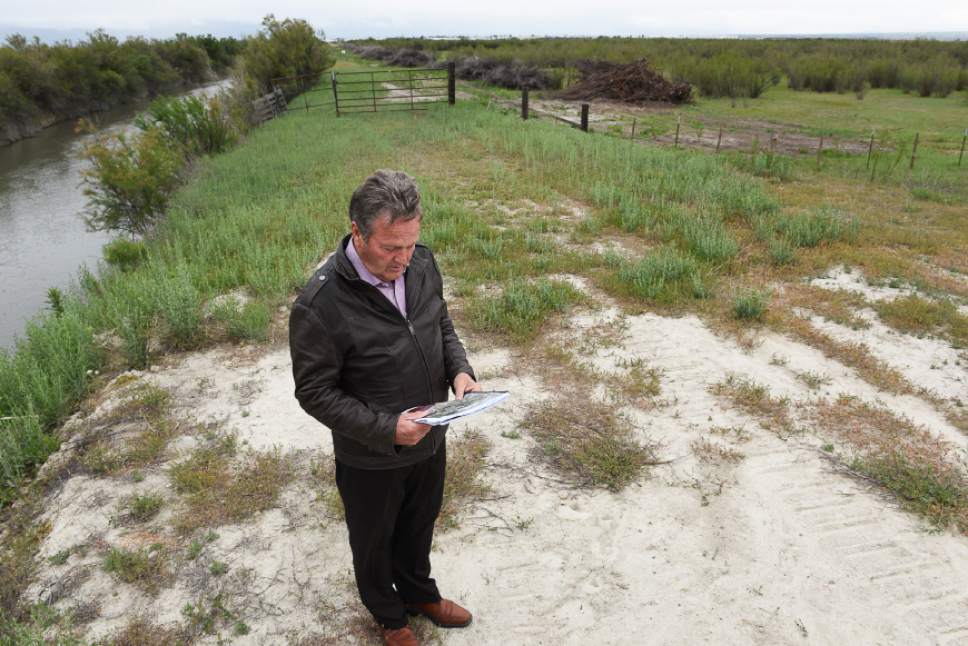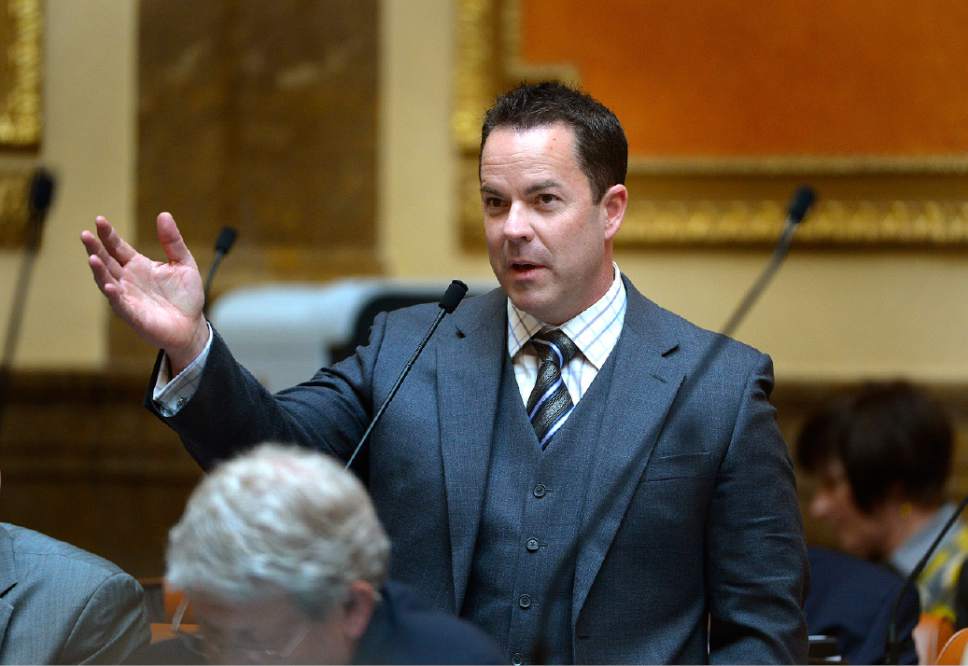This is an archived article that was published on sltrib.com in 2016, and information in the article may be outdated. It is provided only for personal research purposes and may not be reprinted.
Work on access roads to the planned new prison in northwest Salt Lake City started on Monday, with completion scheduled for November 2020. But questions remain about whether the 4,000-bed facility will be too large and if the state needs to brace for cost overruns on the project, now estimated at $650 million.
There are about 3,000 inmates housed at the state prison in Draper — about 1,000 below capacity — and incoming House Majority Leader Brad Wilson, R-Kaysville, asked prison officials Wednesday if the Corrections Department really needed a 4,000-bed facility, especially at a time the state is trying to shorten sentences for nonviolent crimes through its Justice Reinvestment Initiative.
"Building 1,000 to 500 beds that aren't needed for the foreseeable future is something we ought to take a look at," Wilson, the co-chairman of the state Prison Development Commission, said during an update on the planning process.
Rollin Cook, Corrections executive director, said it is difficult to predict future prison needs, especially as the state is just a year into a program aimed at shortening sentences and focusing on rehabilitation. And it's impossible to know how lawmakers might want to change policies on incarceration in the coming legislative sessions.
"I'm nervous. I don't want to be the one who says we only need 3,000 beds, but we know for a fact — I hate to break it to everyone — Utah is growing," Cook said. "As the person who is responsible for corrections, it makes me nervous. So I walk away four years from now when I'm done or whenever I'm done and they say, 'Well, who's the moron who said you only need 3,000 beds.'"
Cook said it saves money to build the capacity now, rather than go through a future round of building new units sooner than the state otherwise would.
Officials have the option to add units to the existing prison site after it is completed, with the potential to house as many as 6,000 inmates within the prison's planned secure perimeter.
Sen. Jerry Stevenson, R-Layton, the co-chairman of the commission, said if the beds aren't needed, the units can be locked up and not used, then re-opened if the population grows.
The number of inmates in Draper and other prison facilities around the state has dropped since the justice-reform effort started, Cook said, but officials expected that some of those who were on parole would slip up and end up back behind bars — a trend he said officials might be seeing, with an uptick in the prison population in the last 60 days.
James Russell, deputy director of the state's building division, said a final decision on the size of prison the state wants could be made as late as spring of 2018 because of the construction schedule.
There are also concerns about whether the projected $650 million projected cost for the prison will rise as the economy continues to grow and construction costs shoot up. Russell noted the recent $350 million jump in the estimated cost of rebuilding Salt Lake City International Airport — a project now pegged at $2.9 billion.
The figure already is higher than the original $550 million cost cited by state officials after including the expense of new roads, utilities and other work planned in the area around the prison site. Soil stabilization work also has added to the total and Gov. Gary Herbert has requested a $100 million increase in bonding in his budget for the coming year.
Russell said the state hopes to line up subcontractors and vendors to do the work and provide building supplies soon, if possible, in hopes of controlling costs. The first contracts for the prison's construction will go out for bid next summer.
Twitter: @RobertGehrke







